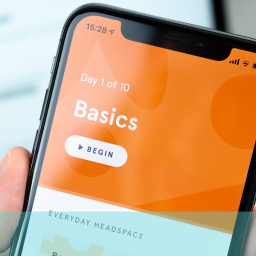
Mobile accessibility – making sure you comply with the law
Nearly one in five of the earth’s population suffer from some recognised form of disability – and most of the remainder will have some form of impairment at some time in their life, even if it is only having difficulty reading small text.
The principles of law governing this in the UK are contained in the Disability Discrimination Act (DDA) though there is no specific guidance there as to what they mean in practice nor what areas website owners need to focus on. The Act states that websites must not discriminate against disabled people in any way nor prevent them from doing anything an able bodied person can do on a site. This basically means that if a blind or deaf person, for example, cannot easily use your website, they are being discriminated against and could, theoretically, take legal action against you.
However, there is only limited evidence of a UK company being sued for this though the vast majority of sites don’t seem to comply with even basic accessibility principles.
Mobile accessibility guidelines
There is an untested belief that meeting mobile accessibility guidelines issued by W3C (the governing body for the internet) would be sufficient to comply with legal requirements. The W3C has three levels of priorities; priority 1 apparently has to be met to give even basic compliance. They list a whole raft of issues relating to visibility, readability, ease of use and understanding which a compliant website would need to accommodate. Priority 2 and 3 levels are even more demanding. It is not clear what level most websites would need to pitch at to be legal.
The reality in this area is that most websites don’t comply and the cost of absolute compliance would probably be prohibitive and make many unviable. Organisations such as RNIB police the larger companies and approach them directly when they believe they are not doing enough on web and mobile accessibility for their interest group. This invariably leads to the companies upgrading to a higher compliance level mainly for PR rather than legal reasons, I suspect. No-one wants the negative publicity of being sued for denying access to the disabled and it is a laudable and worthwhile aim to make the web more accessible anyway.
Future possibilities for mobile accessibility
While the law and pressure groups seem to have been remarkably pragmatic about this topic, it doesn’t alter the fact that there is a legal requirement and, at some future time, enforcement might become more stringent. Large companies and government and other institutional organisations will be expected to comply. (I used to work with a government agency who were extremely sharp on accessibility – as were the pressure groups in making sure they kept up to the mark.)
I came across this useful checklist identifying four relevant areas for site accessibility:
- Perceivability
- Operability
- Understandability
- Robustness
This is at least a good starting point.
If you need more detailed assistance on what this means for the mechanics of your site, get in touch and we’ll be happy to review your site and recommend what you need to do.

















